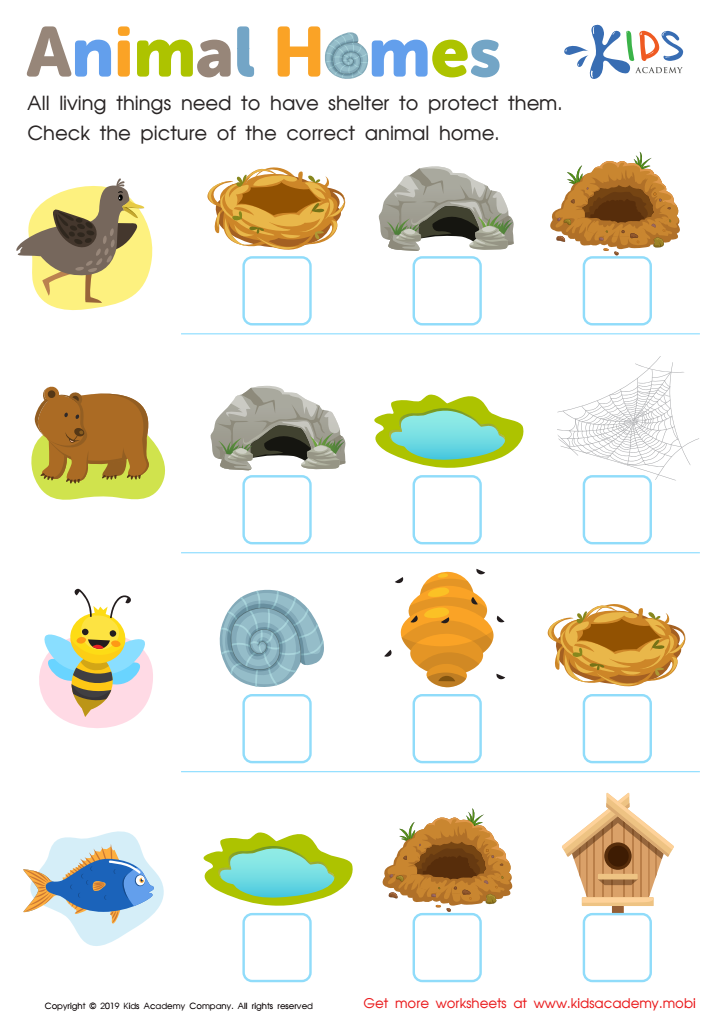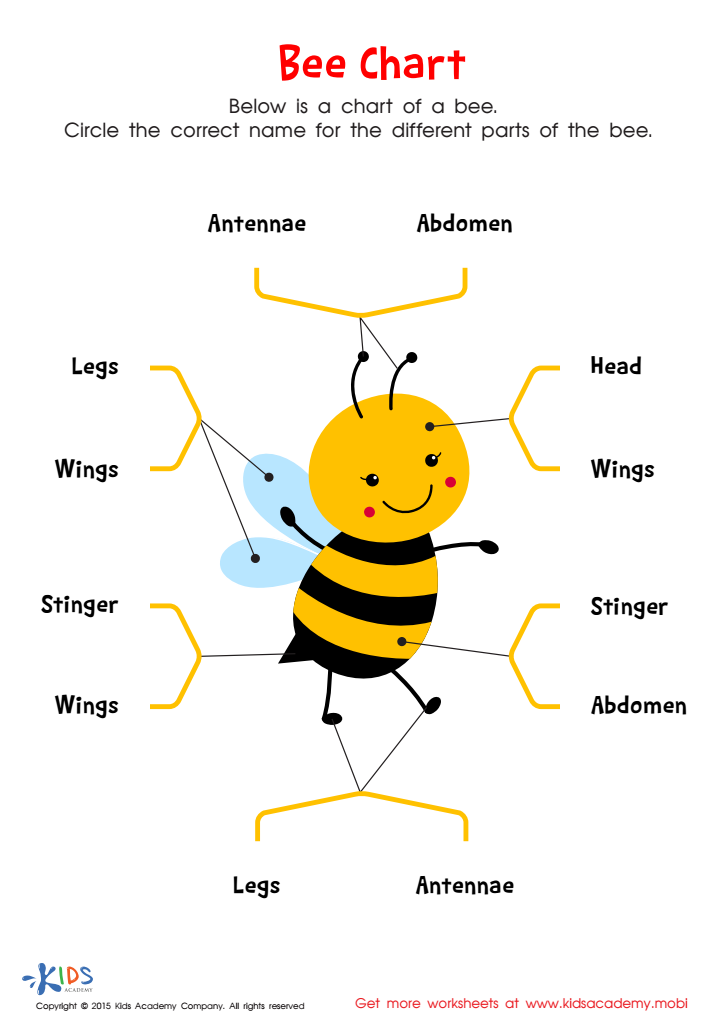Vocabulary enhancement Normal Animals Worksheets for 5-Year-Olds
3 filtered results
-
From - To
Enhance your 5-year-old's vocabulary with our engaging Normal Animals Worksheets. Designed by educational experts, these printables feature a variety of interactive activities to help children learn animal names, sounds, and characteristics. Our colorful and captivating worksheets make learning fun and effective by incorporating puzzles, matching games, and fill-in-the-blanks exercises. Ideal for kindergarteners, these resources nurture language development, improve reading skills, and boost confidence. Unlock your child's full potential with our comprehensive collection of Vocabulary Enhancement activities, fostering a lifelong love of learning through the wonderful world of animals. Download now and watch your young learner thrive!


Animal Homes Worksheet


Animal Homes Worksheet
Vocabulary enhancement in young children, particularly through learning about everyday animals, is a vital part of early education. For 5-year-olds, this process is crucial for several reasons. First, expanding vocabulary at this age supports cognitive development; it enables children to better understand and describe the world around them. Introducing normal animals, which are already familiar yet fascinating to children, makes the learning process engaging and effective.
Moreover, a rich vocabulary lays the foundation for reading comprehension and academic success. As children learn names, characteristics, and habitats of animals, they build connections between words and their meanings, which is essential for literacy skills. Conversational vocabulary also improves, allowing them to communicate more effectively and build social skills.
In addition, learning about animals nurtures curiosity and a sense of compassion. It teaches children to respect and appreciate living things, fostering environmental awareness from a young age. By describing animals, their lives, and their needs, children also develop critical thinking and categorization skills—vital parts of early scientific understanding.
In sum, parents and teachers should prioritize vocabulary enhancement through topics like normal animals to support linguistic development, foster empathy, and lay the groundwork for lifelong learning and environmental stewardship.
 Assign to My Students
Assign to My Students



















